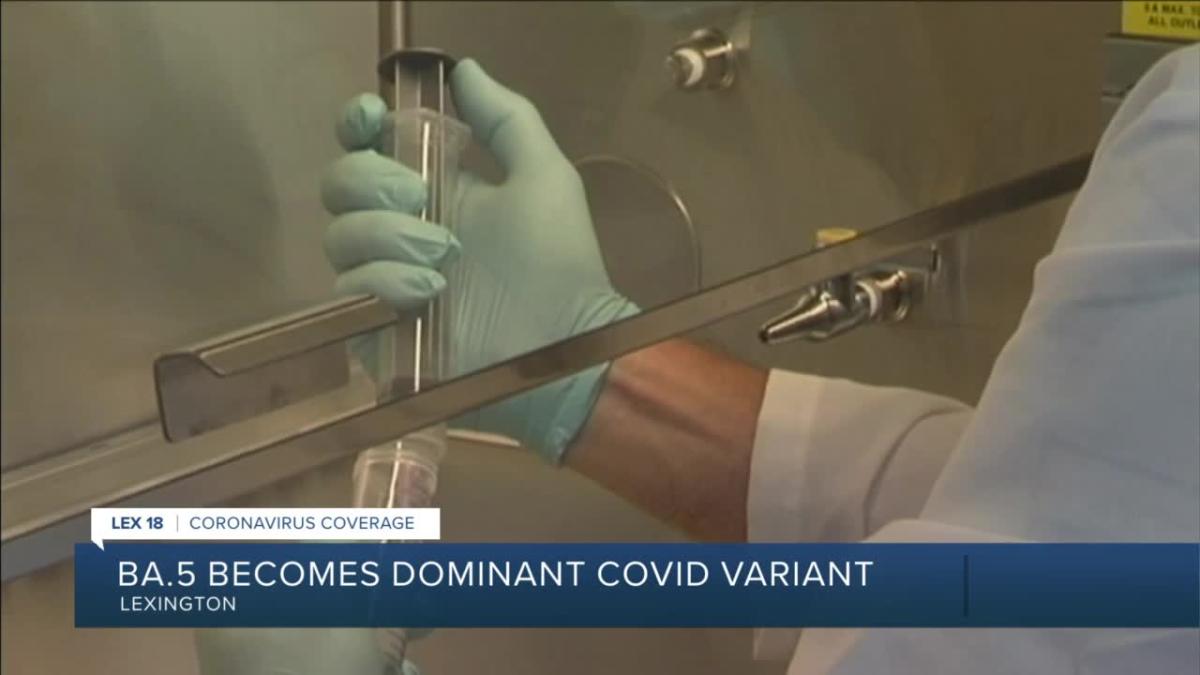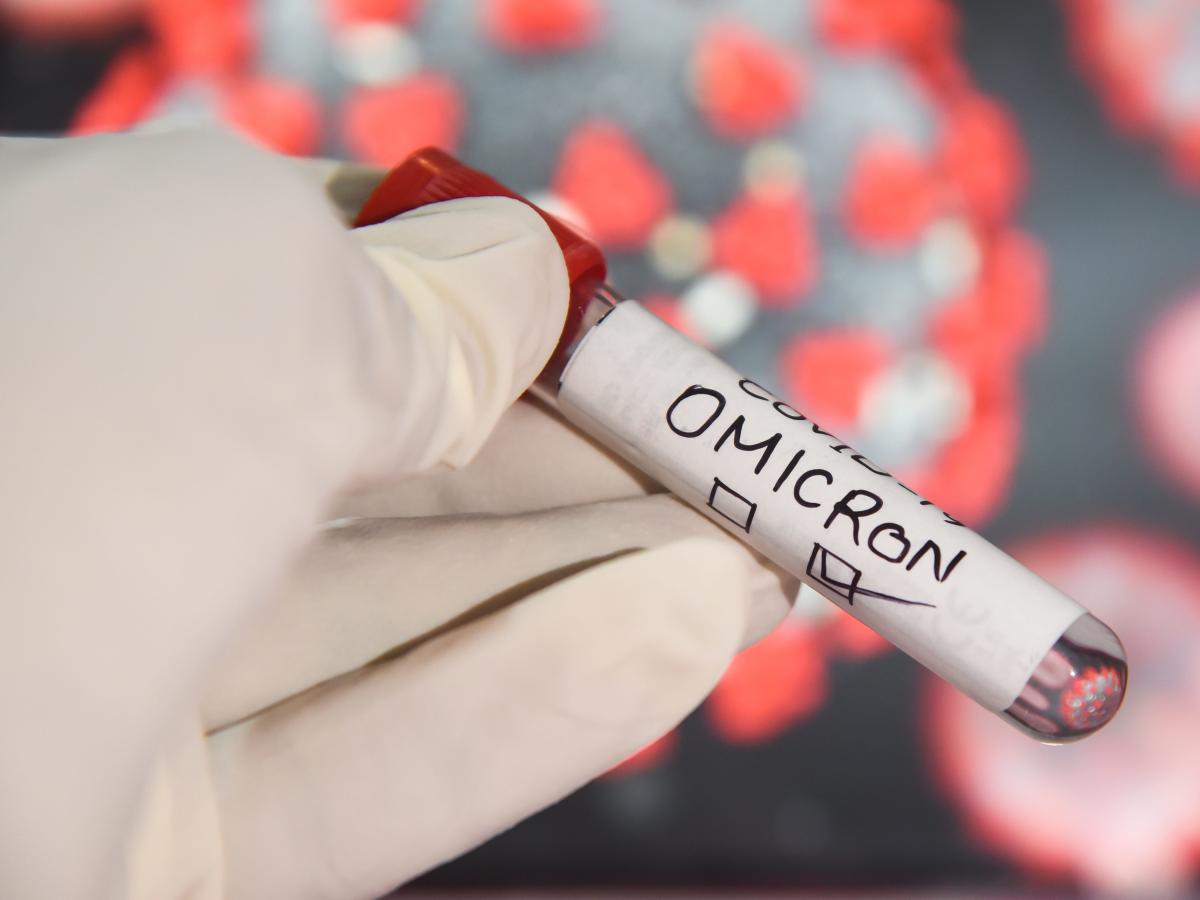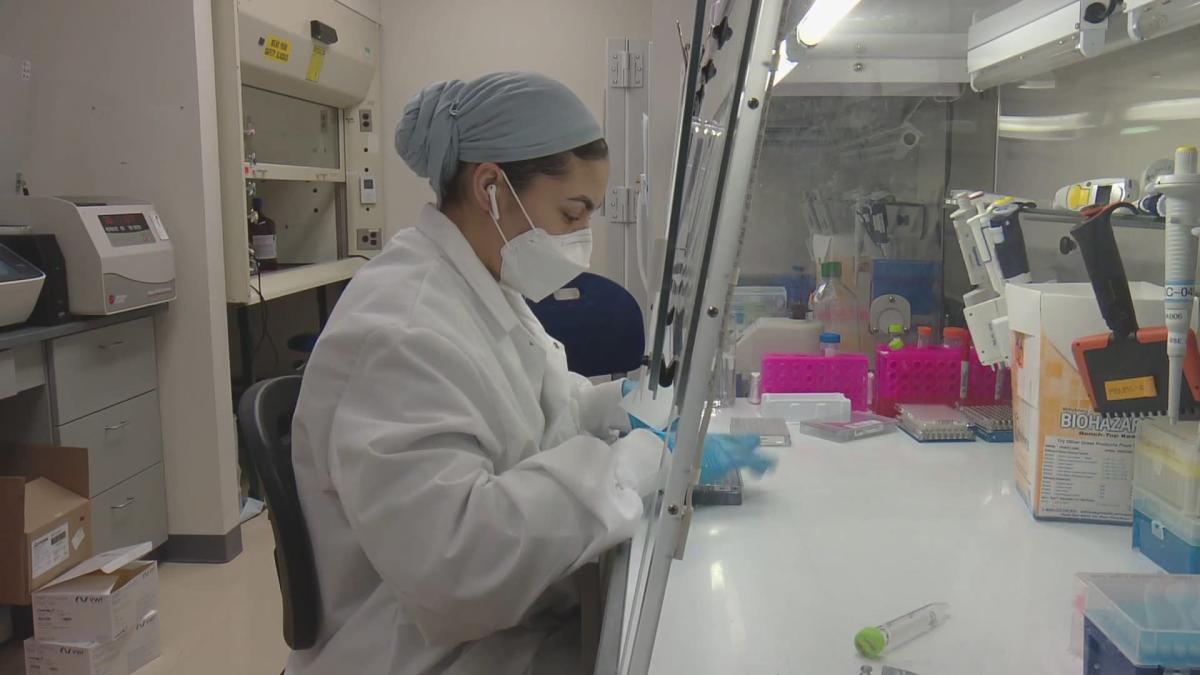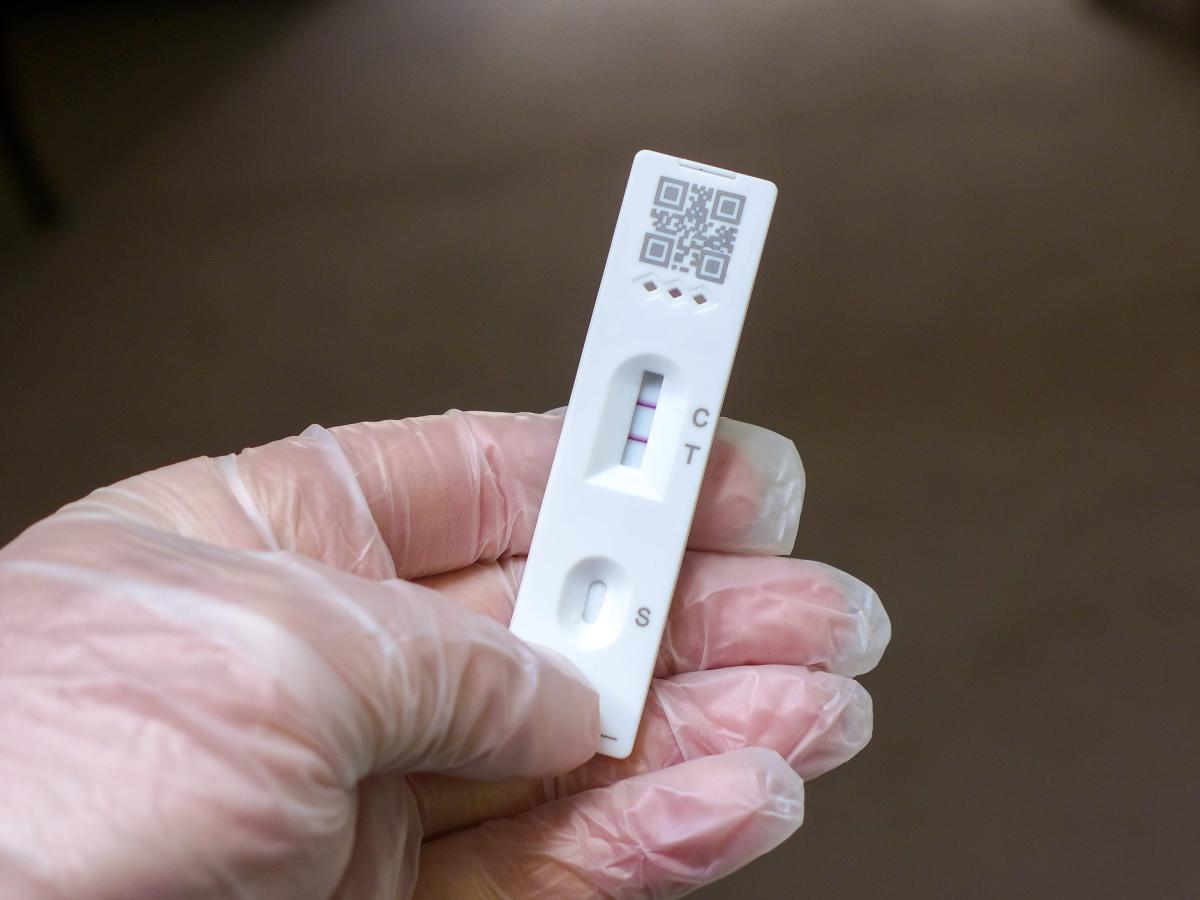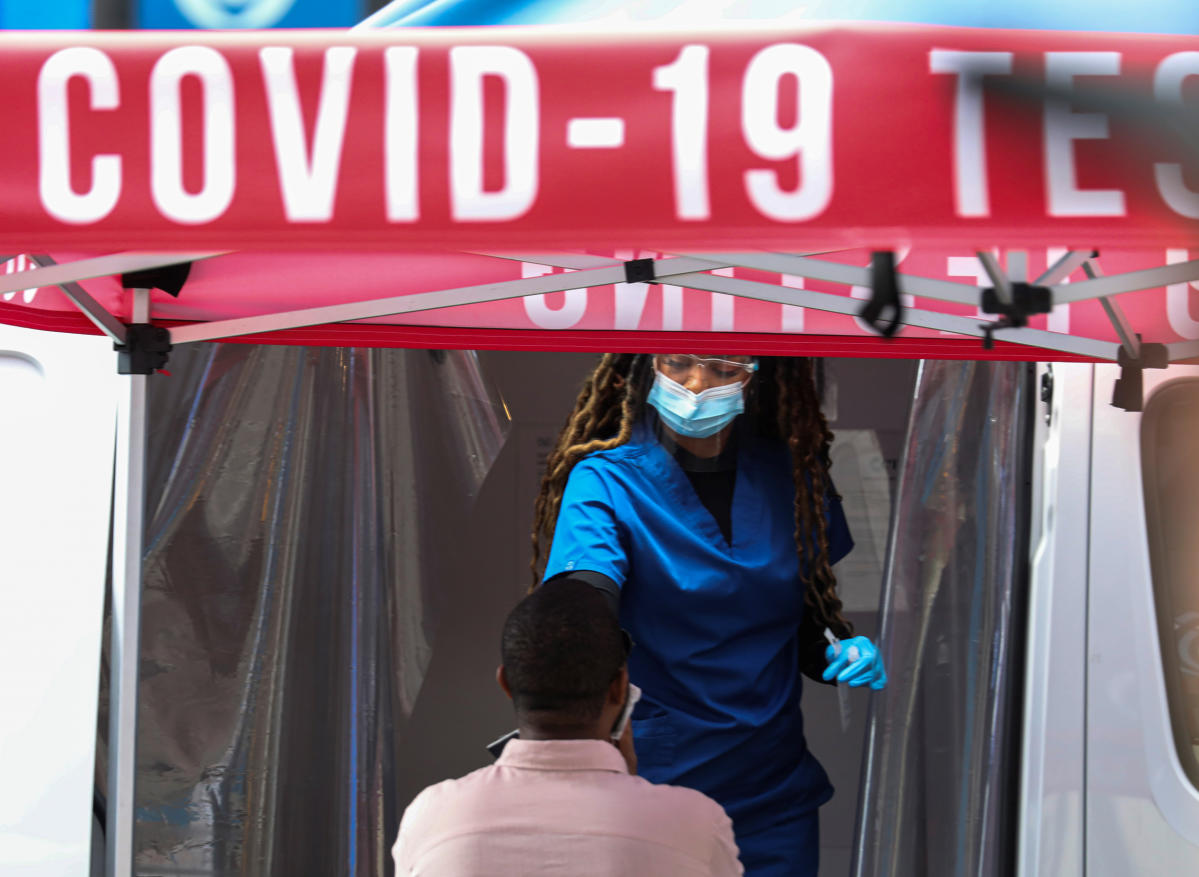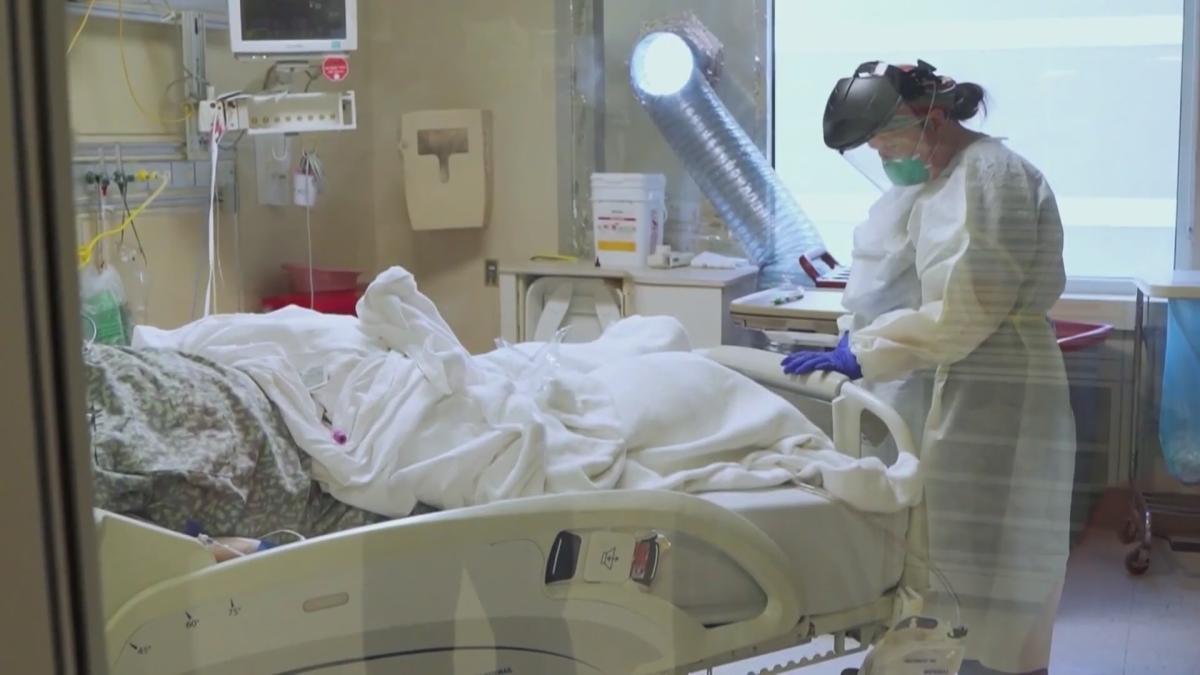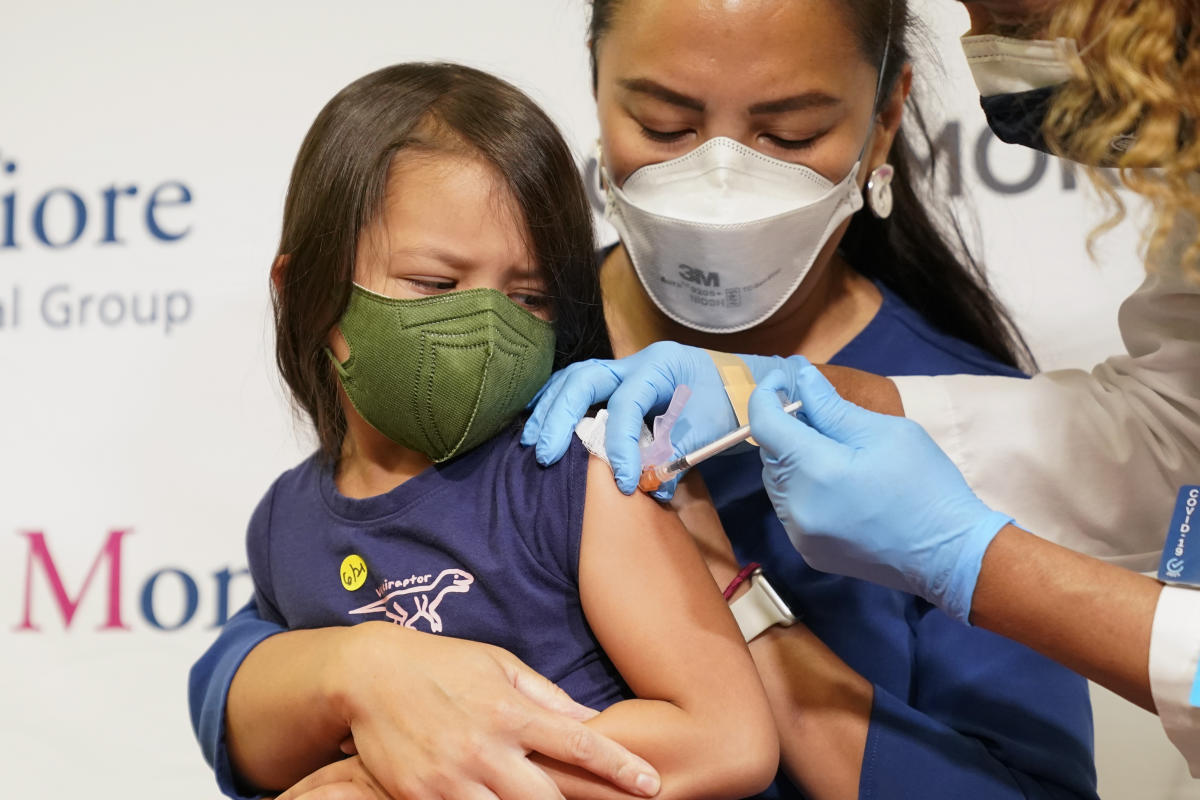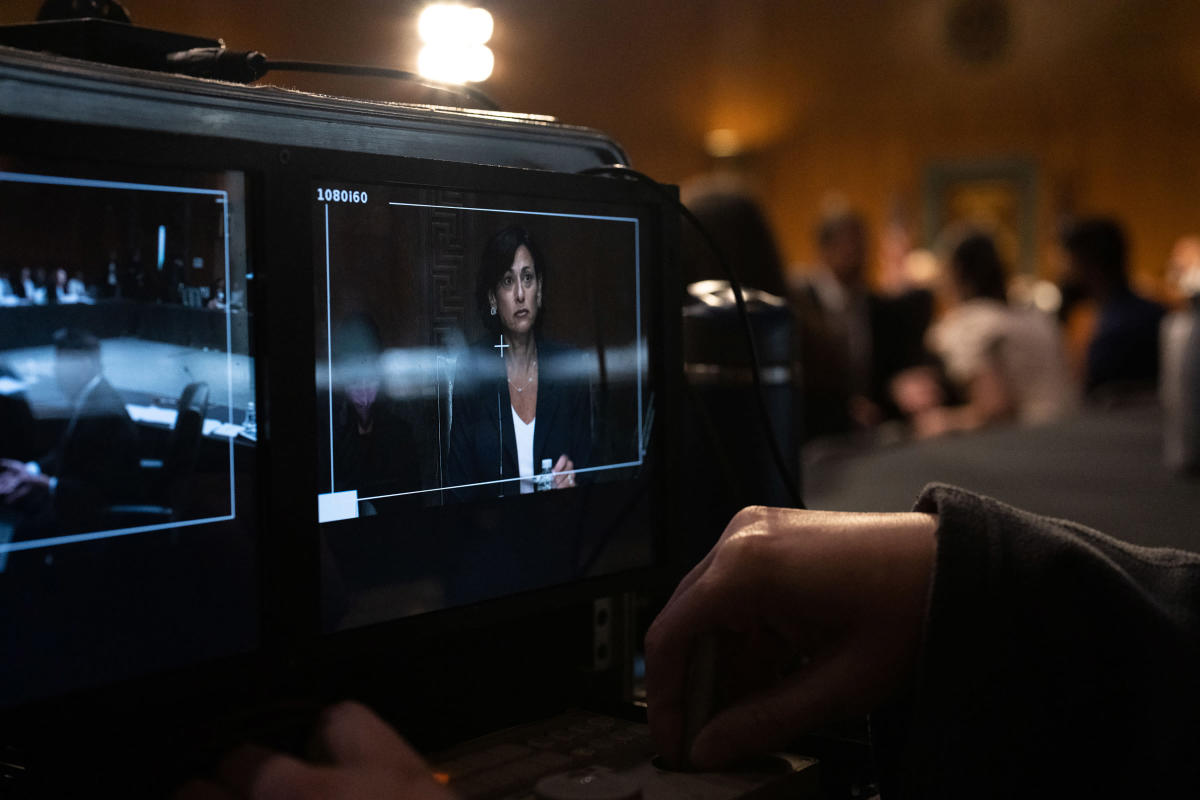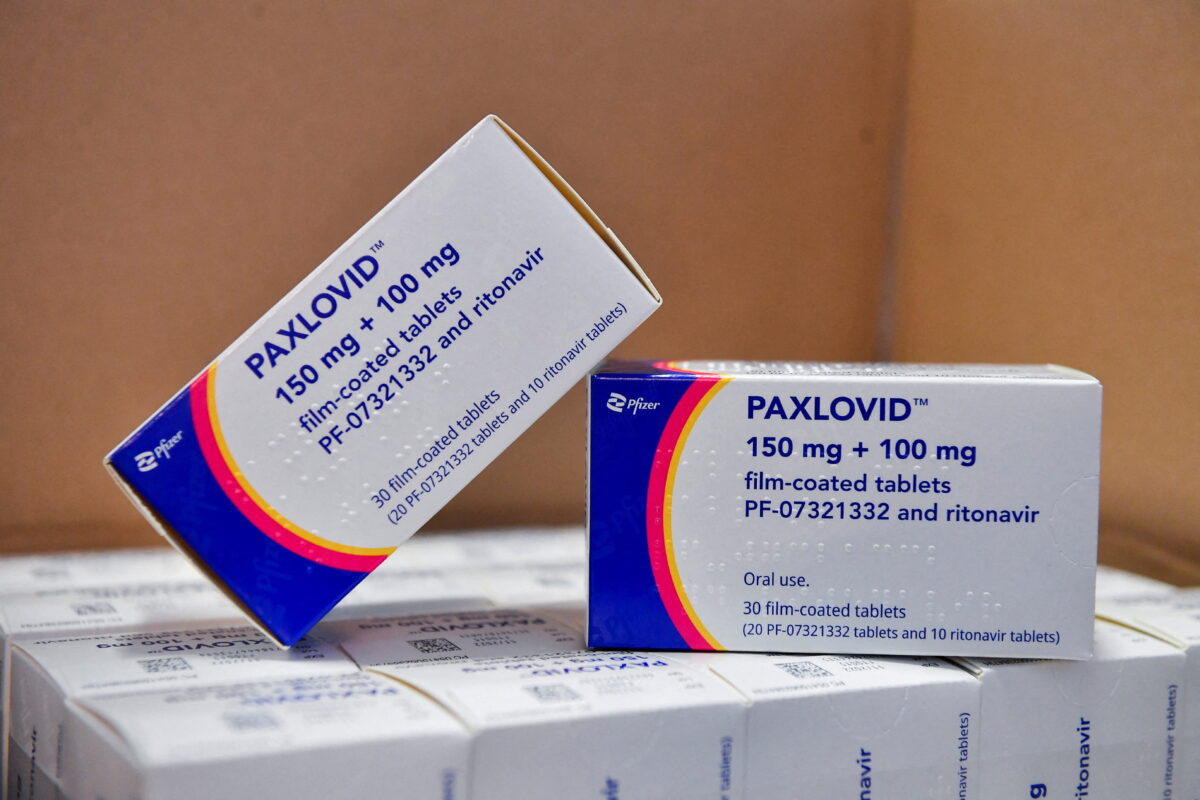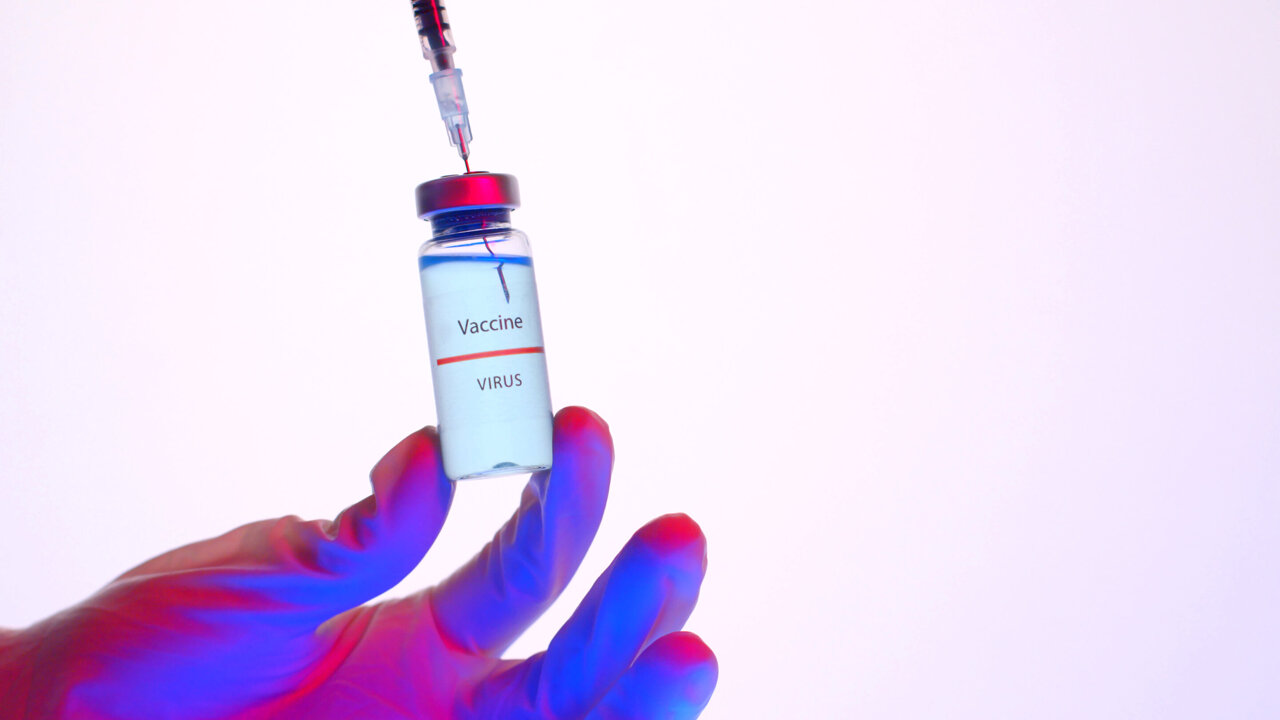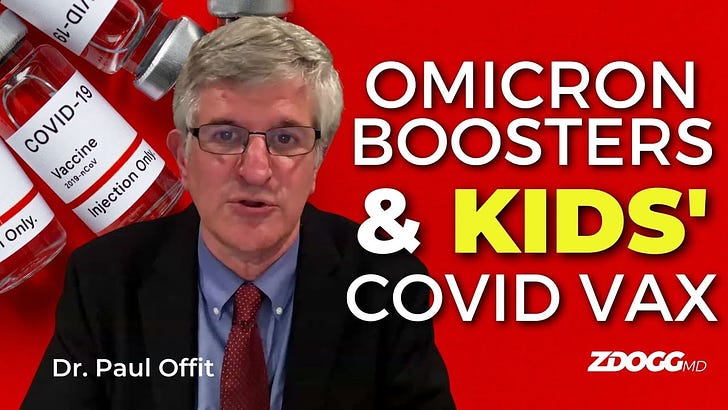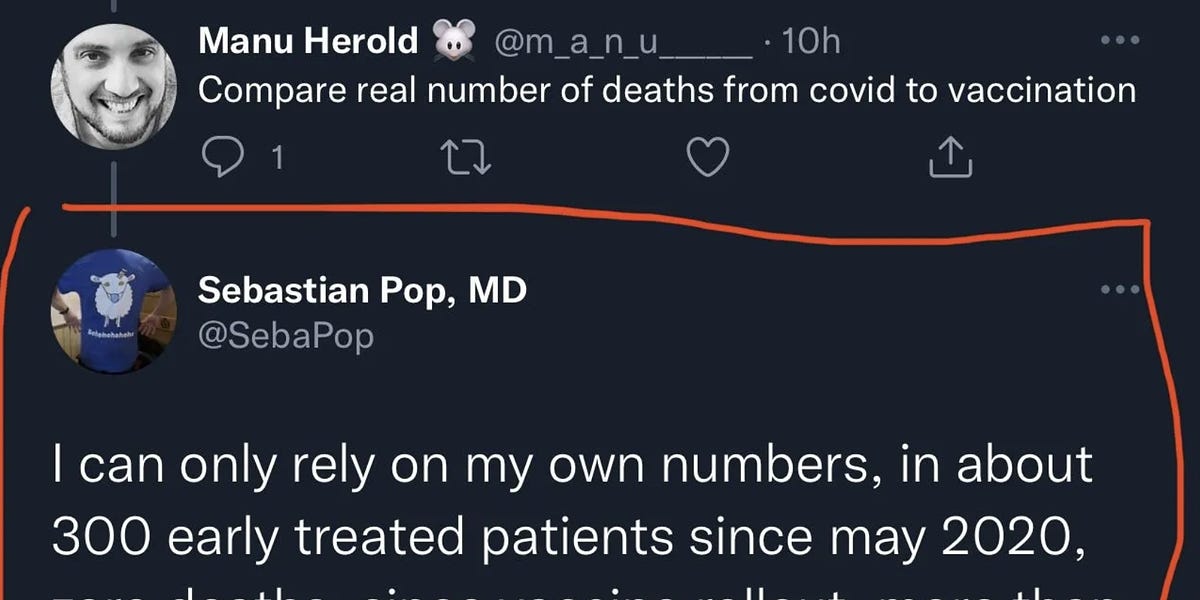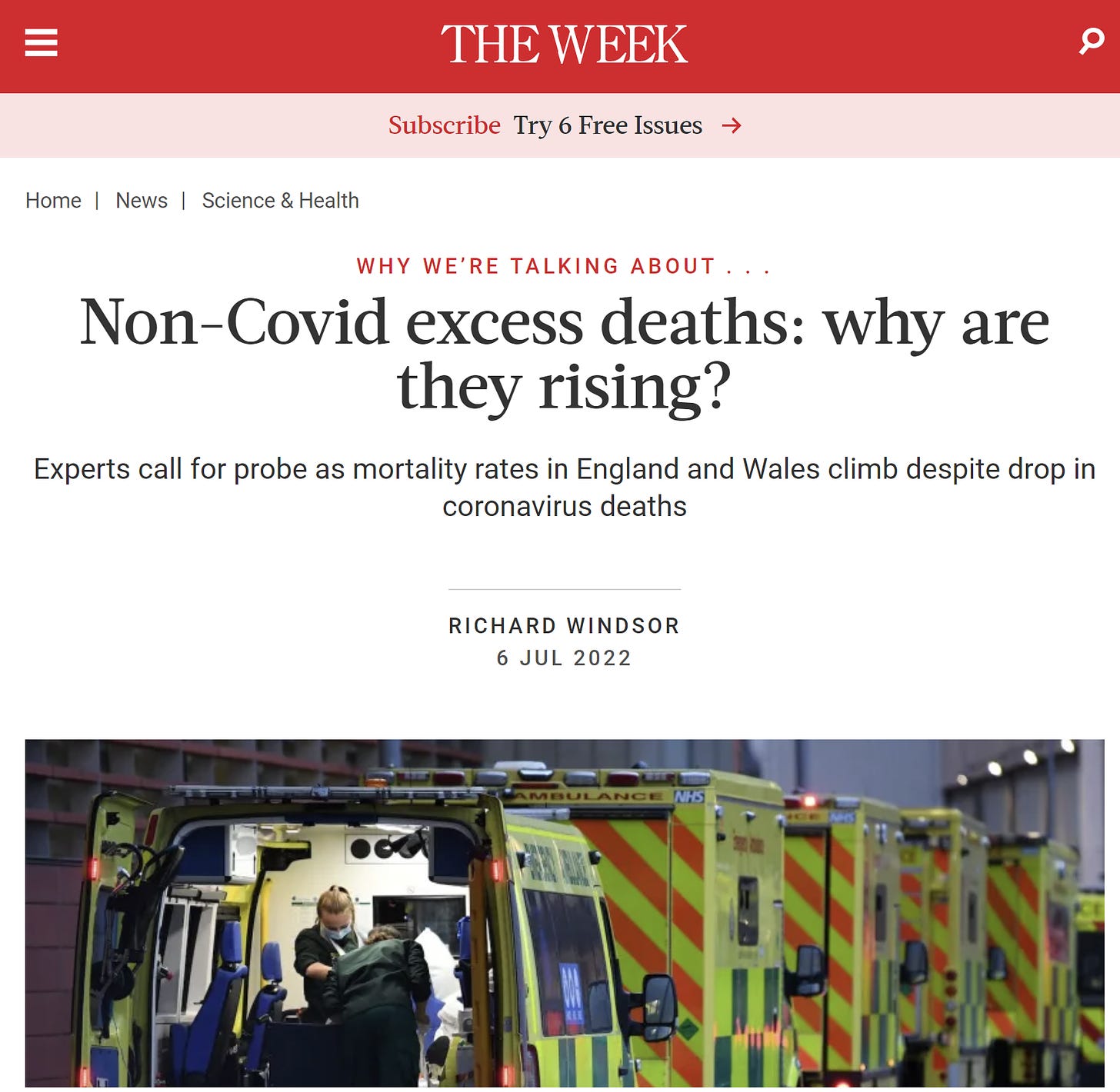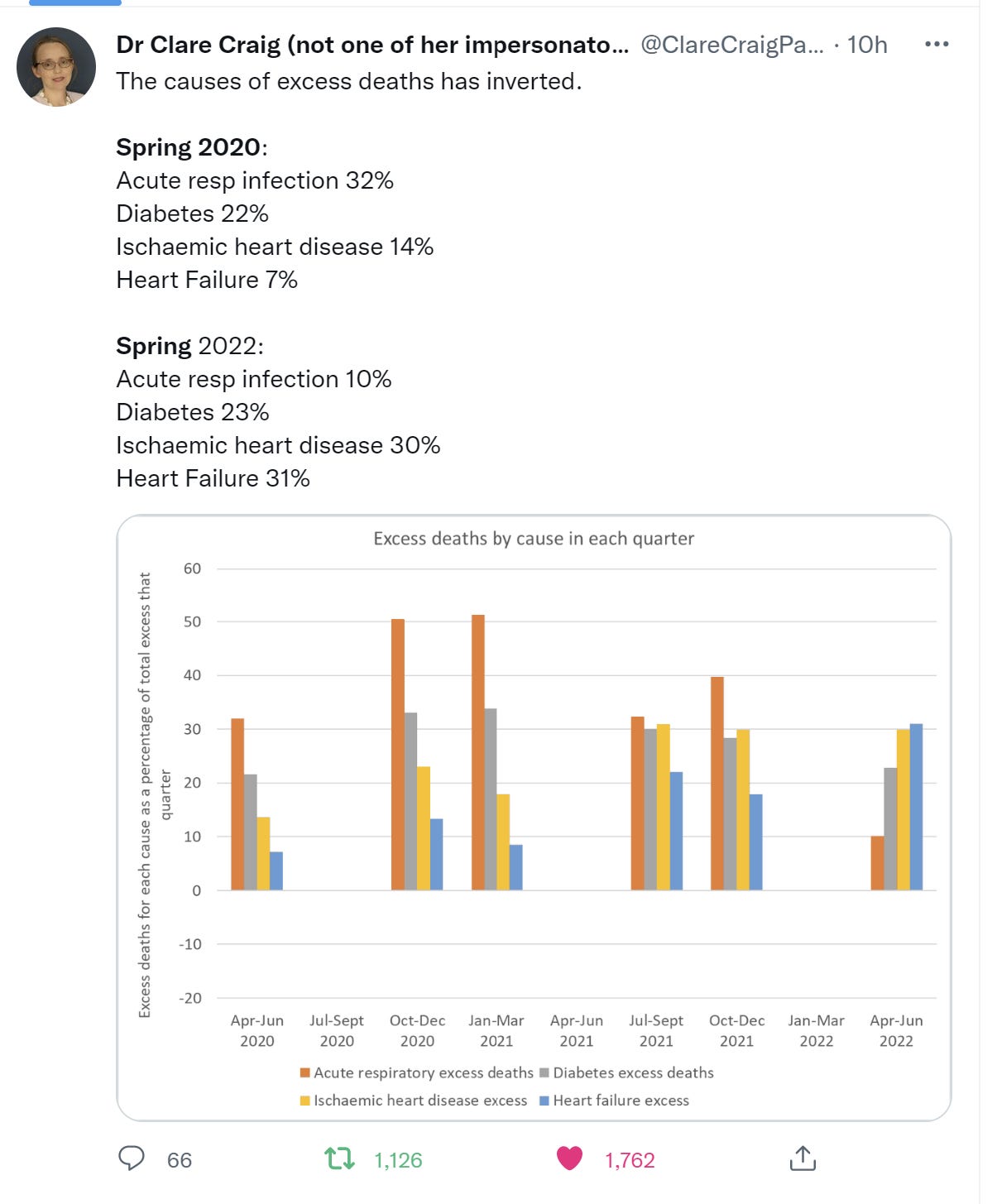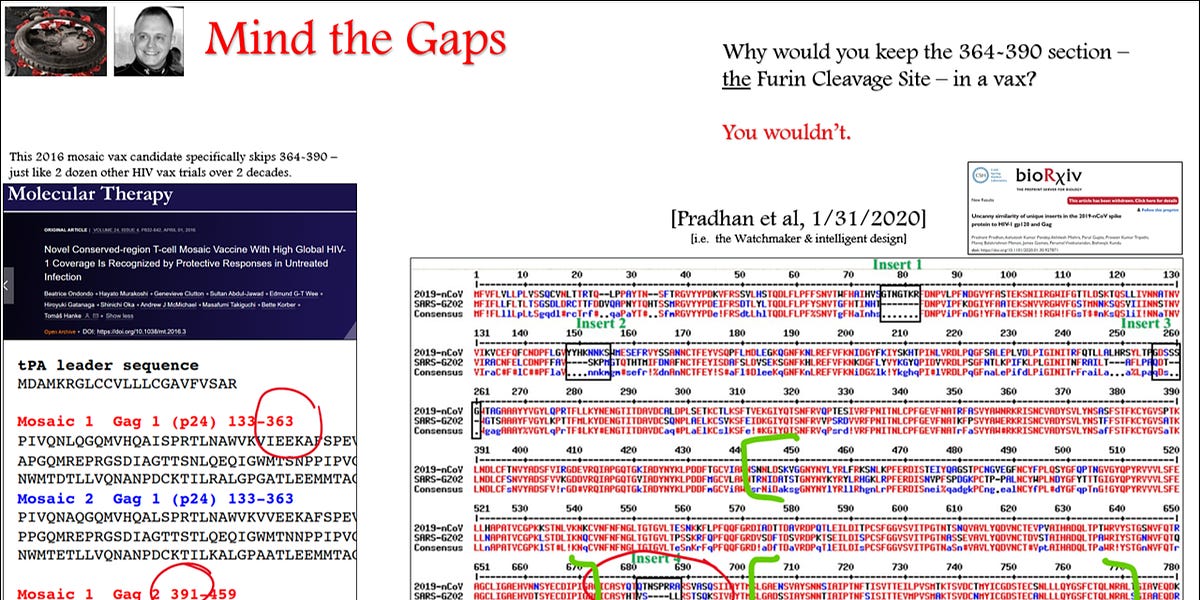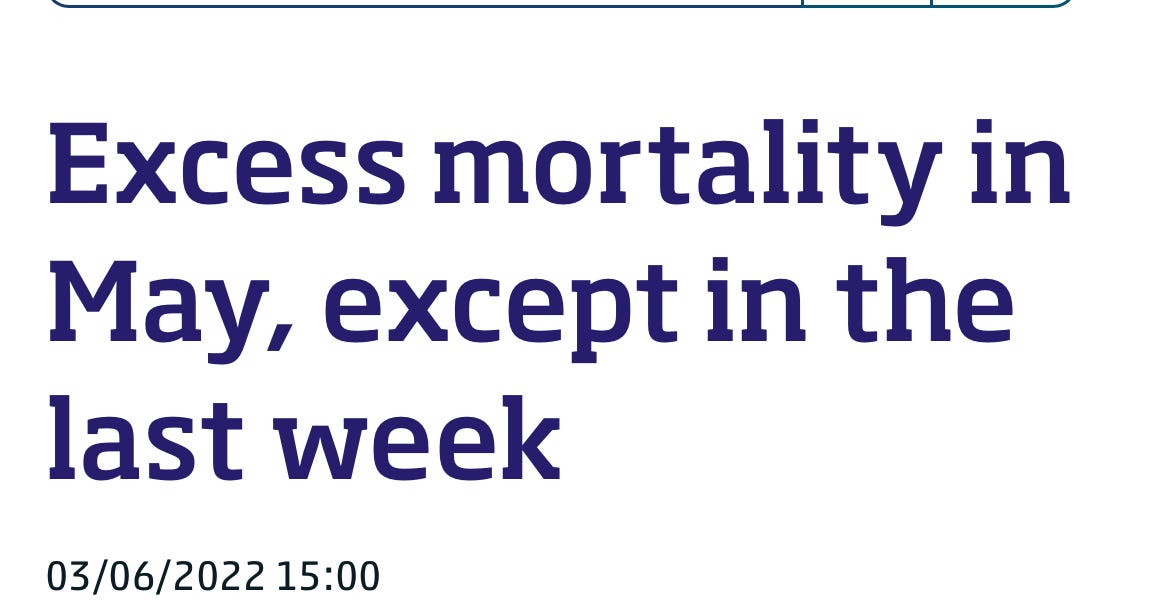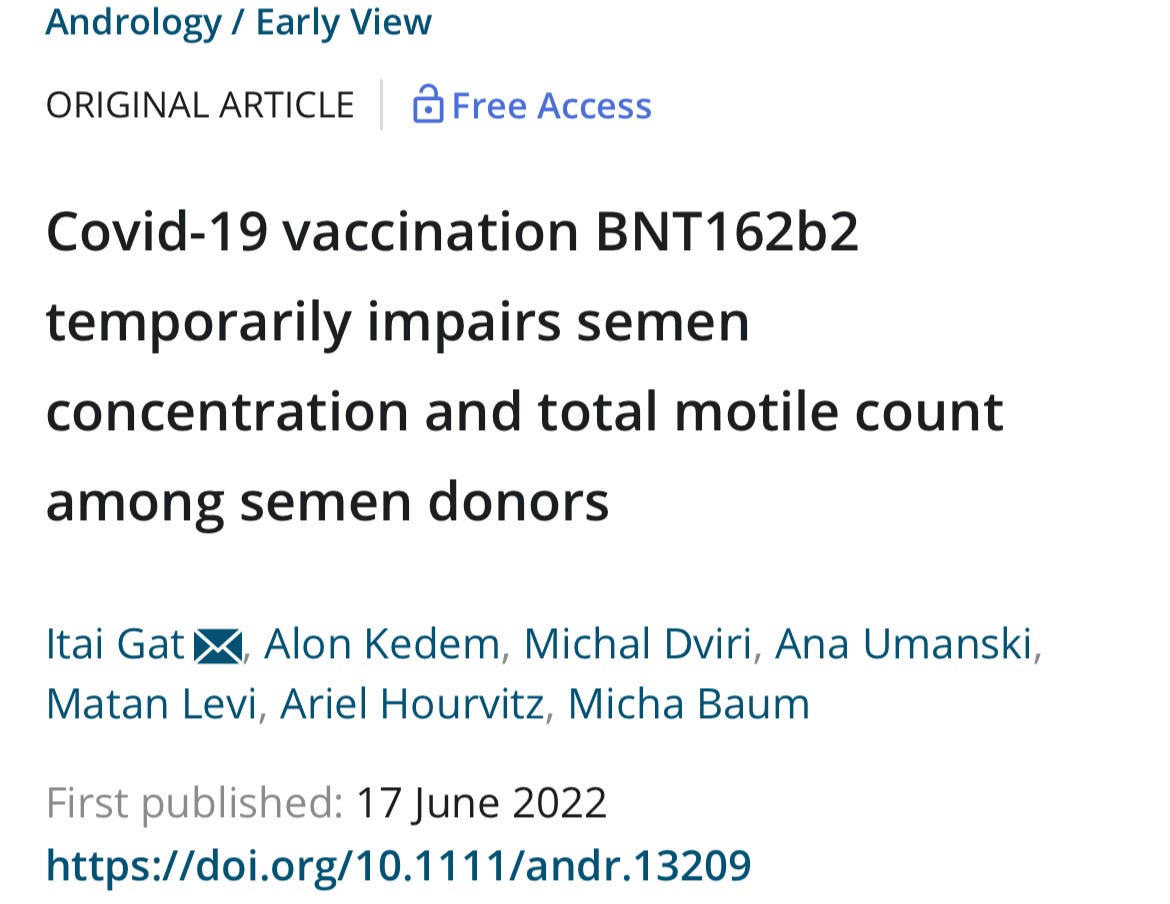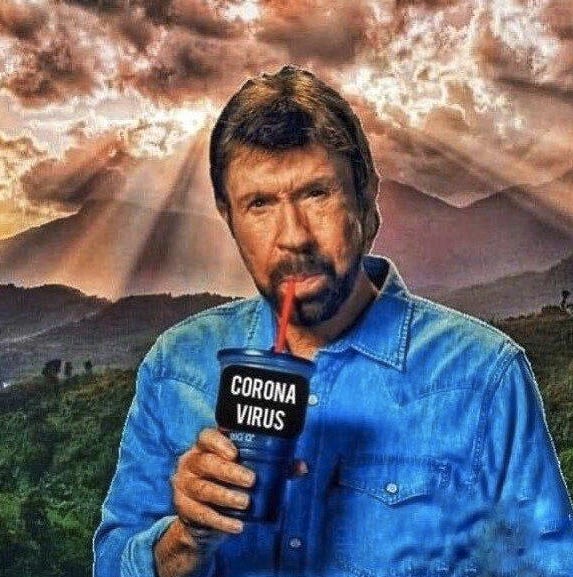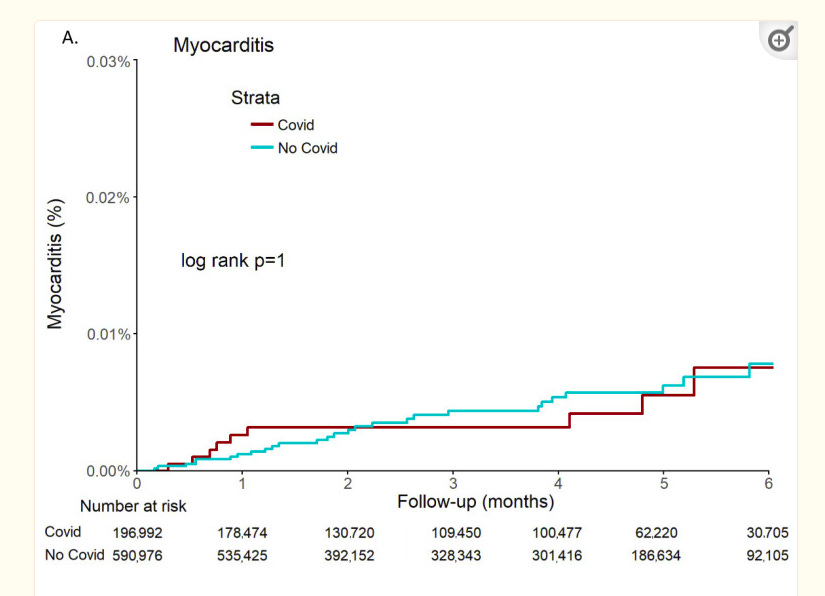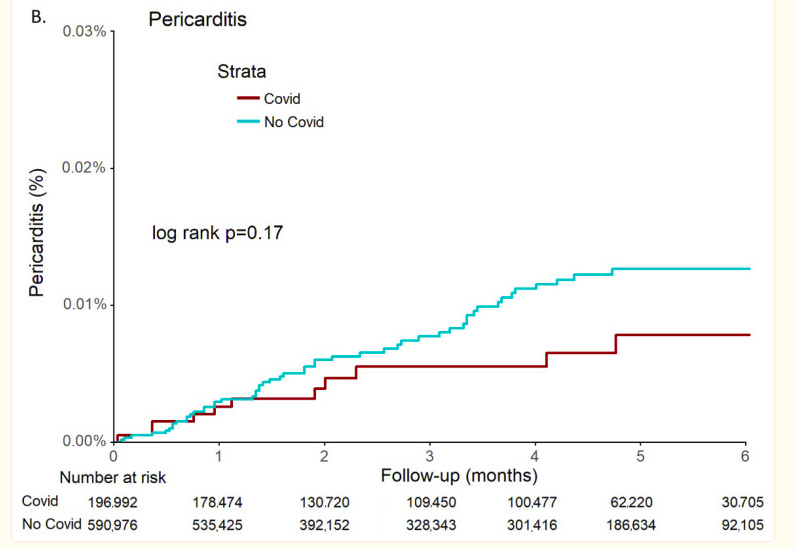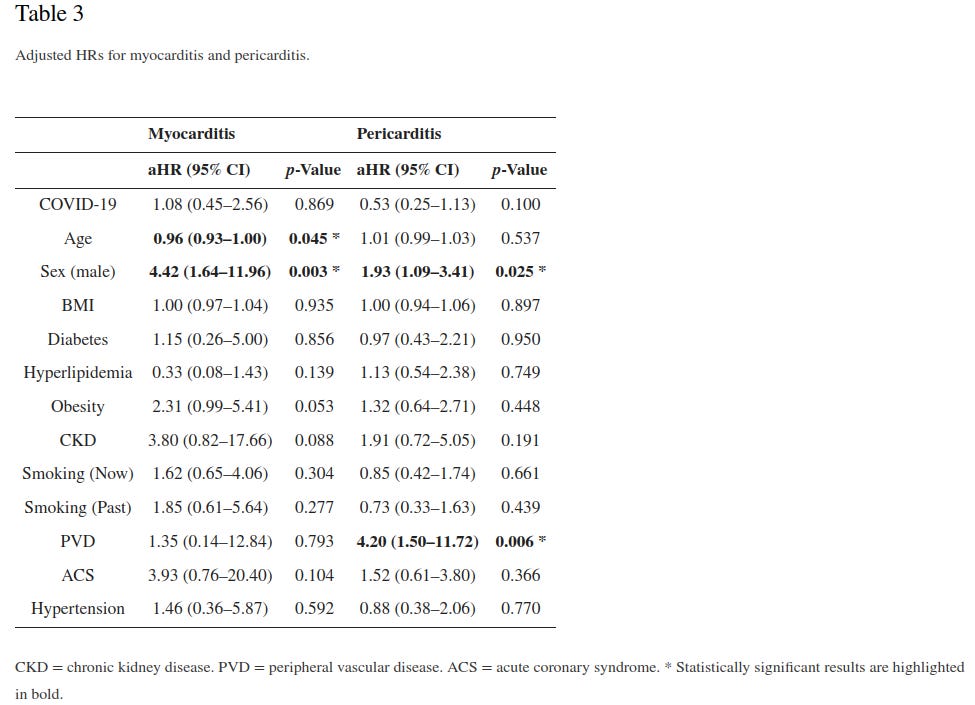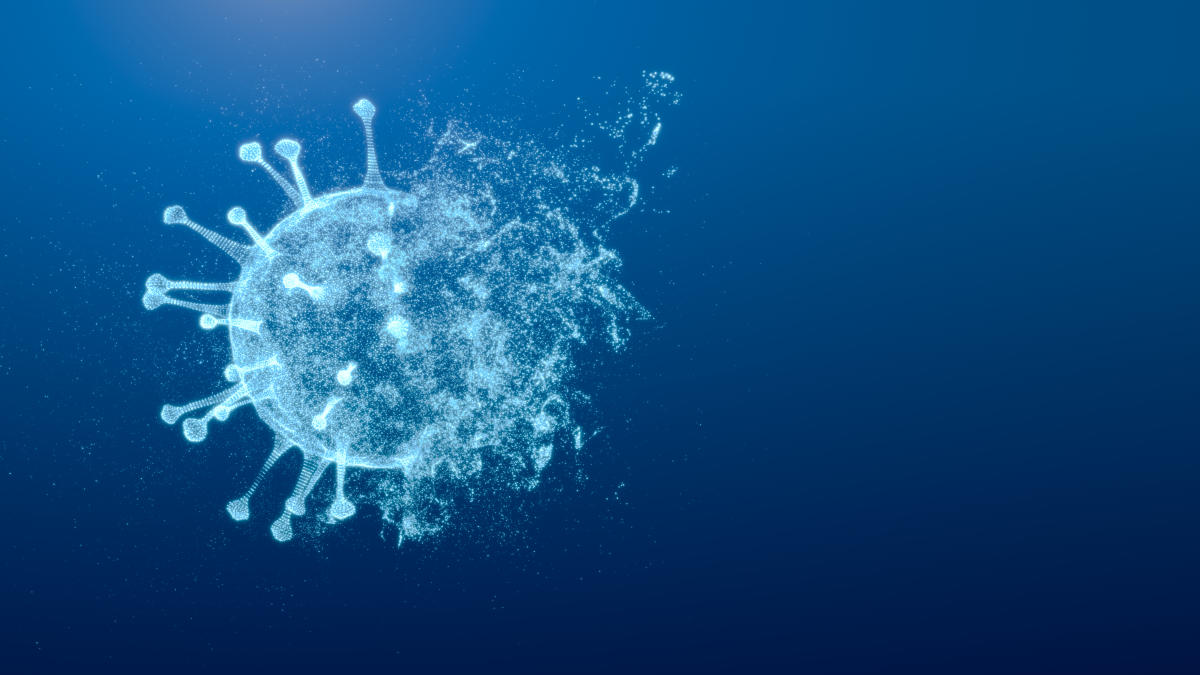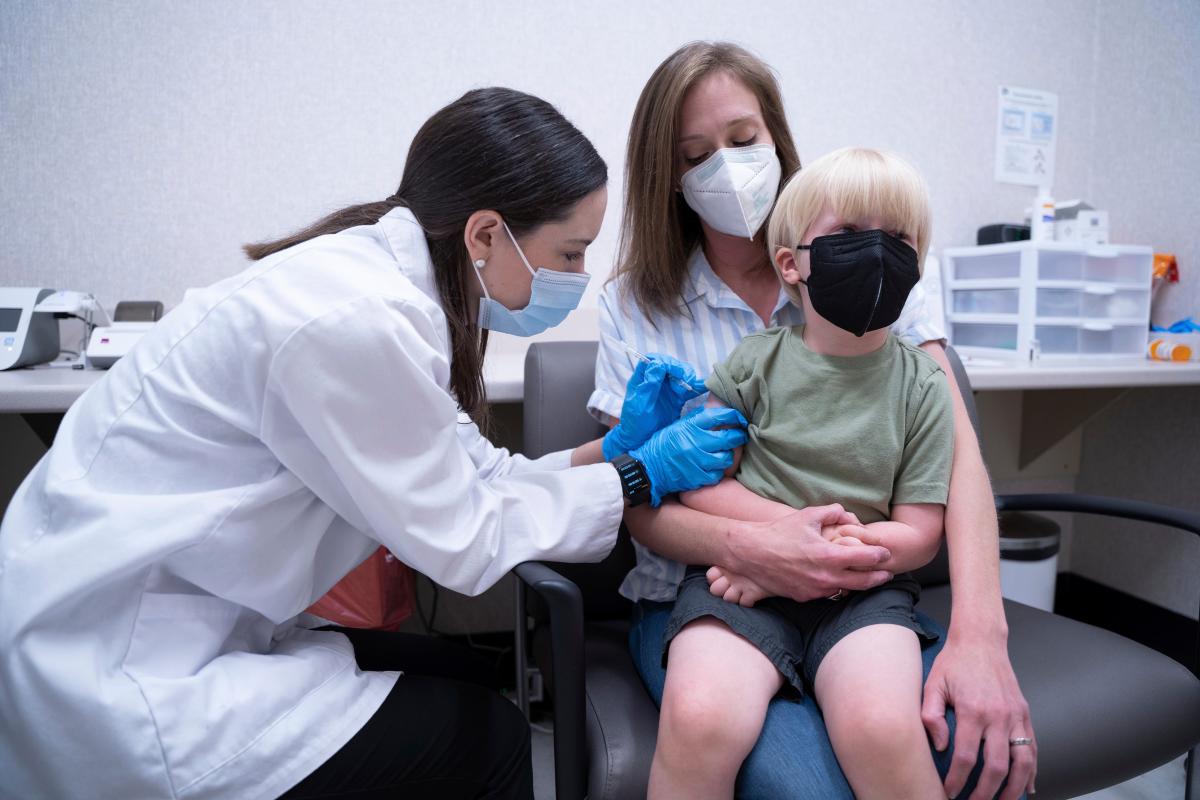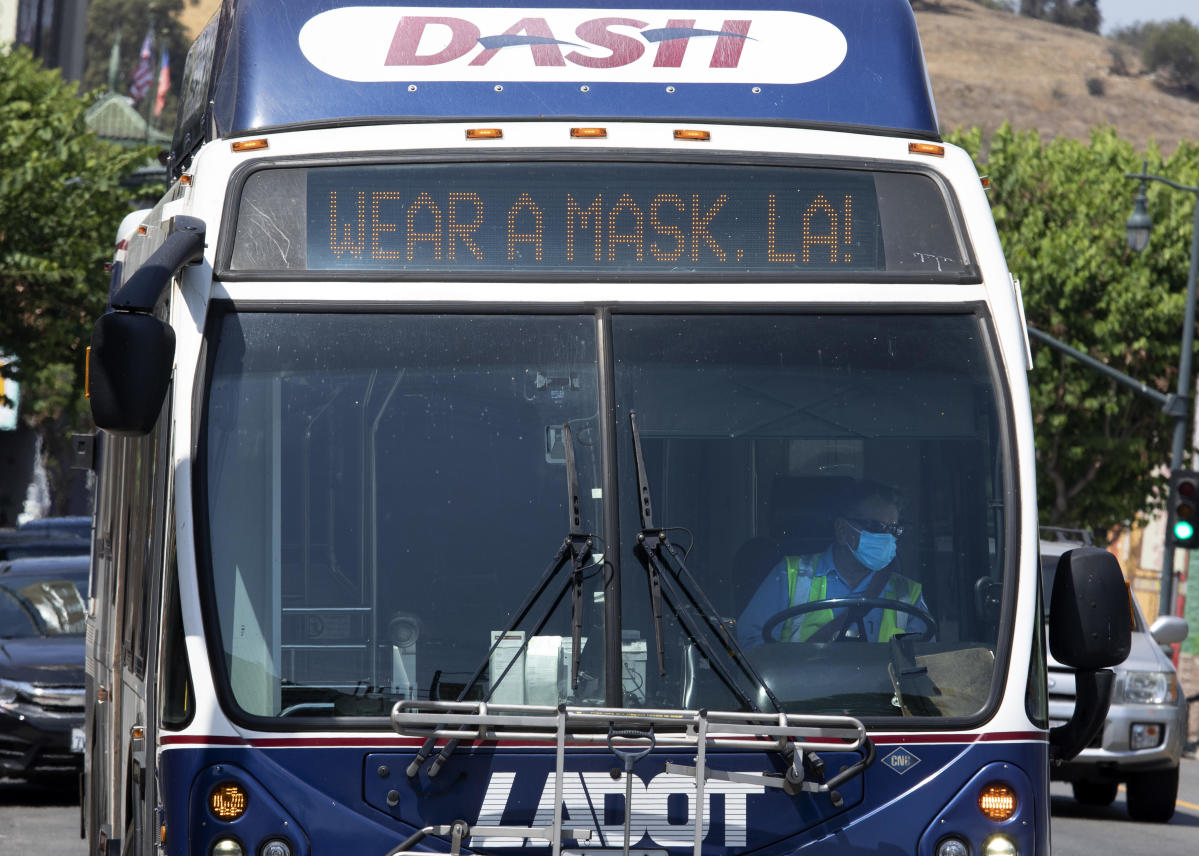Heliobas Disciple
TB Fanatic
OK, some of this IS duped from prior posts but this is all the info in one place and some of it looks new to me so posting.
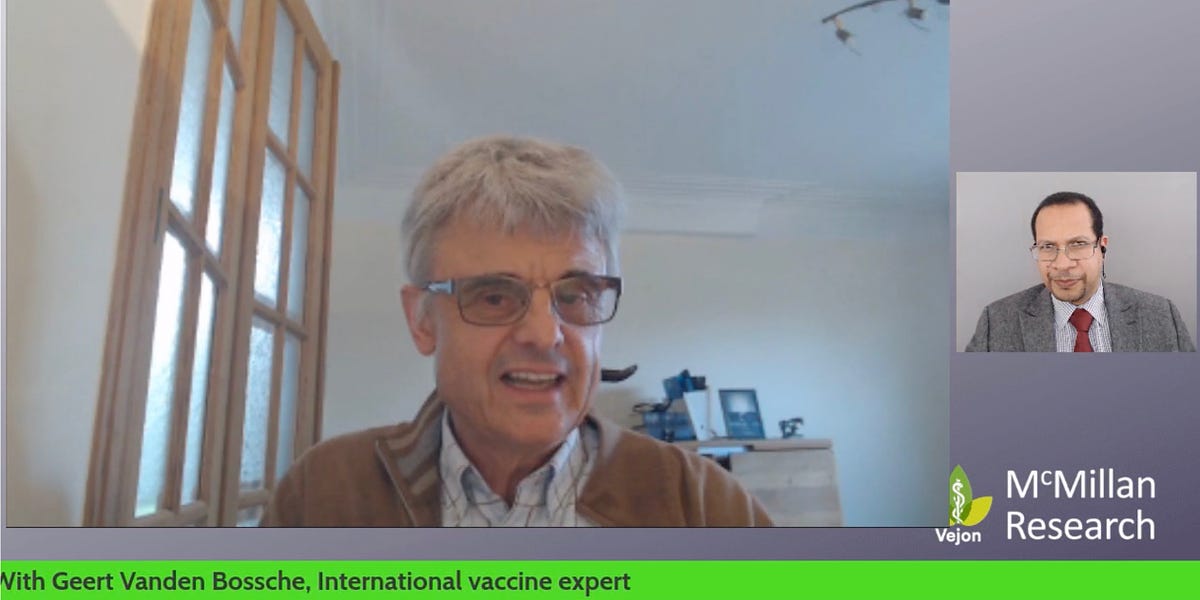
 voiceforscienceandsolidarity.substack.com
(fair use applies)
voiceforscienceandsolidarity.substack.com
(fair use applies)
Latest must read articles by Geert
A lot has been going on lately, so in this article you read all the latest important updates by Geert Vanden Bossche in one post
Geert Vanden Bossche
11 hr ago
Pandemic Restarting?! Geert Vanden Bossche takes a unique view.
An interview with Philip McMillan.
Watch on Voice for Science and Solidarity
Q&A #14: Are the C-19 unvaccinated ‘more’ or ‘less’ susceptible to contracting severe disease from avian influenza and monkeypox?
In my opinion, there can be no doubt that 'C-19 pandemic-experienced' C-19-unvaccinated people are much less susceptible to severe disease from avian influenza and monkeypox. This is because they got an opportunity to train their cell-mediated innate immunity (i.e., NK cells) during the pandemic. Training basically results in the enhanced recognition of virus-derived self-mimicking peptides (VSMPs) that are expressed at the surface of virus-infected host cells at an early stage of infection (i.e., before viral progeny is produced). There is a high level of similarity between the VSMPs derived from Coronaviruses and those derived from orthopox viruses (both, influenza viruses and monkeypox, smallpox, cowpox belong to the genus Orthopoxvirus). It is, therefore, reasonable to assume that NK cells from Coronavirus-experienced, unvaccinated people will be well prepared to also tackle orthopox viruses. This will leave enough time for the adaptive immune system to finally eliminate avian influenza virus and monkeypox virus via poorly MHC class I-restricted CD8+ T cells. However, if the infectious pressure is high, these viruses might still cause disease (but not severe) in the unvaccinated. On the other hand, as monkeypox and avian flu only spread via people with symptoms, isolation and quarantining of people with symptoms should dramatically reduce viral pressure. So, the unvaccinated should be fine.
Even fully vaccinated people will still present VSMPs at the surface of their SC-2-infected epithelial cells. However, high levels of (continuously boosted) infection-enhancing Abs will raise viral infectiousness to levels that simply overload the cell-based innate immune system. The innate immune system serves the purpose of '1st line' of immune defense and cannot cope with a high viral load without calling in the 'special forces' of the adaptive immune system. In vaccinees, however, the latter (Ag-specific IgGs and MHC-unrestricted CD8+ T cells) are already stretched beyond the affordable limits in a desperate attempt to eliminate the virus. There is, therefore, no further room for them to come to the aid of the NK cells to clear other viruses from the body. If you want to read more about the critical role of NK cells in the immune response to Sars-CoV-2, please consult my website:
https://www.voiceforscienceandsolidarity.org/
In conclusion, as an unvaccinated healthy individual with adequately trained NK cells, I wouldn't worry too much about getting severely ill from monkeypox or avian flu. So, the unvaccinated who did not get the smallpox shot in the past, should not panic as they may just get away with mild or, at worst, moderate illness (depending on level of epigenetic NK cell training and their overall health status). And BTW, be careful with the smallpox vaccines as only replication-competent vaccine can be used; replication-incompetent orthopox vaccines induce Abs that because of the different surface decoration of monkeypox as compared to cowpox/ vaccinia (i.e., the poxvirus used in the smallpox vaccine) may enhance people's susceptibility to ADEI upon subsequent exposure to monkeypox. On the other hand, live attenuated, replication-incompetent monkeypox vaccine will not enable NK cell training!
Q&A #15 : Should I rush to get my young child vaccinated against monkeypox?
That would normally be the thing to do; however, given the unusual circumstances of exposure (C-19 pandemic), even young children got meanwhile largely exposed to SARS-CoV-2 (not at least by their parents!). I am aware of several cases where young children got already infected at a very early age (4-8M) showing only (very) mild symptoms. So, in the absence of an adequate smallpox vaccine, the best things to do is to simply engage them as of an early age (ideally before 8 Ms) in the 'free' training sessions that are now available everywhere in highly vaccinated countries! This is the time where they have high concentrations of innate Abs that will protect them from typical seasonal and airborne childhood infections while already allowing their innate immune system to train. If they miss out on training during this time, they'll will need to rely on productive infection later on to gain natural immunity which inevitably implies some form of disease (i.e., they do no longer get a 'free' ride). This being said, it is important to bear in mind that training is per definition a continuing exercise and it probably takes several exposures before the innate immune system can withstand a high viral load or a more infectious variant. Children and youngsters who successfully countered a first viral encounter and only developed asymptomatic/ mild infection will develop short-lived, nonfunctional anti-spike antibodies. As those will not neutralize the virus, they have infection-enhancing capacity and, therefore, pose a challenge to the capacity of incompletely trained NK cells. The threat , however, is only short-lived as these antibodies are no longer detectable after 8 weeks. However, if the viral infection rate in the population is high and/ or the circulating virus is highly infectious (Omicron!), then there is a reasonable likelihood that children get re-infected during that short period of time following their first asymptomatic infection. These are typically the cases where even children without predisposing health factors or underlying disease can get severe diseases and require hospitalization. This is undoubtedly a direct consequence of the mass vaccination campaigns that drove the dominant expansion of highly infectious viral variants (Omicron).
Anyone whose immune system has been properly trained to ward off coronaviruses and , therefore, also monkeypox virus cannot experience any harm from a smallpox vaccine as the virus will be eliminated on the spot by the trained NK cells. But please, remember that for young children who are otherwise immunologically naïve, it is still good practice to vaccinate them against measles, mumps, rubella, (varicella), Hib and meningitis (MenACWY) during the time where Nature guarantees them a 'free ride'. If they aren't given that opportunity, they will need to catch up on training via contracting the disease upon subsequent exposure to the wild virus/ bacterium. However, if that exposure occurs within a context of high infectious pressure (e.g., outbreak of measles), children will become more likely to contract severe disease (and sometimes even death) for the reasons explained above.
But let's be crystal clear: Once you got your child vaccinated with any of the current C-19 vaccines, it will no longer be possible to kick off training of its innate immune system against seasonal respiratory and classical childhood infections. The vaccinal antibodies will simply outcompete the innate antibodies for binding to the virus as their affinity for the target protein (e.g., spike protein in case of Sars-CoV-2) is much higher. Unless the training got kicked off, the NK cells don't get educated on which viral motifs they should watch out for. When you miss that kick-off, you irreversibly loose the opportunity to sensitize your cell-based innate immune system (NK cells), no matter how many times your child gets exposed to these viruses or vaccinated against them after it got the Covid shot (all C-19 vaccines used are non-replicating vaccines!). Innate polyspecific antibodies enable the kick-off whereas vaccinal, antigen-specific antibodies prevent it. That is why we're not administering any non-replicating viral vaccine to young children! Antigen-specific antibodies are welcome but to control this type of viruses, they need to come after the NK cells got educated on which pathogen-derived patterns to recognize. If they come first, they'll just prevent NK cells from recognizing those patterns.
Q&A #16 : Is there any evidence that society has ever vaccinated its way out of a pandemic?
Have we forgotten about smallpox? Wasn’t that a pandemic? Wasn’t a vaccine used? Didn’t the vaccine not only eradicate the pandemic but even the virus all together?
A pandemic is not necessarily characterized by waves. In cases of a viral pandemic, waves only occur with pandemics of acute self-limiting viral infections (ASLVIs) caused by glycosylated viruses. This is the only case where waves are not only required but also sufficient to generate herd immunity. That process is rooted in the natural immune response acquired by individuals who experienced productive viral infection. Smallpox, however, does not cause ASLV infection but acute, self-limiting viral disease(ASLVD). A pandemic of smallpox in a given place/ country doesn’t come in waves and, therefore, herd immunity (HI) cannot be generated (see below). In case of smallpox, generation of herd protection is rooted in the natural immunity acquired by each individual who experienced and abrogated the disease. That type of immunity is not prone to immune escape since abrogation of viral infection is based on elimination of virus-infected host cells by MHC-unrestricted, polyspecific T cells. Hence, you can mimic this with any live attenuated poxvirus (as the CTL epitope is highly conserved). As this response will be memorized upon re-exposure, the population will be fully protected against any poxvirus coming along (you eradicate the virus by making the population resistant to productive infection).
So, at least for viruses causing ASLVD, like poxviruses, there is clear evidence that society vaccinated its way out of a pandemic.
Howevern it is impossible to do this with ASLVI (caused by other glycosylated viruses); this is because natural immunity in this case is based on a well-orchestrated collaborative effort of trained innate immune cells (NK cells) and acquired antigen-specific antibodies (Abs) [so, not on elimination of virus-infected cells only!]. Herd protection in this case relies on prevention (not abrogation!) of (productive) infection. In case of high infectious pressure (pandemic/ epidemic!), this will definitely require the support from the acquired Ag-specific Abs. That’s where the issue of ‘immune escape’ comes up: Abs generated as a result of mass vaccination, even using live attenuated virus (like in the case of smallpox), will not be able to rapidly and sufficiently support innate immune cells to get rid of the viral load. This particularly occurs in the elderly (or vulnerable) population due to weakened innate immunity. It creates a situation where growing titers of immature Ab titers are regularly encountering a high viral load: A recipe for immune escape! So even upon using live viral vaccines it’s impossible to vaccinate you way out of a pandemic of a glycosylated virus causing ASLVI.
Only a pandemic of a glycosylated virus causing ASLVI can generate herd protection via herd immunity. However, it’s only possible for Nature (all my respect!) to do this if the fight (between virus and host immune system) get split up in several stages (so called ‘waves’ of the pandemic). After each stage/ wave, herd immunity has grown and will finally reach a stage where the level of trained innate immunity in the population is strong enough to diminish viral transmission down to a level where the Abs don’t drive any longer natural selection and adaptation of more infectious immune escape variants; that’s how the threshold of HI is achieved without driving immune escape . Of course, HI isn’t sterilizing and does not enable eradication of the virus. So, asymptomatic infection and transmission will still occur and characterize the endemic phase….A nice equilibrium that satisfies both the virus (can still replicate) and the population (no longer suffering from disease and death) and that will limit a flare-up to an outbreak, not to an epidemic (unless natural ‘antigenic shift’ or antigenic shift driven by a mass vaccination program conducted in the midst of a pandemic!)
Hope this shows once again that the answer to all these Qs lies in the science.
Q&A #17 : What advice could one offer to vaccinees in the event that an immune escape Sars-CoV-2 variant adapts to the highly vaccinated population such as to enable high infectiousness combined with high virulence?
Even though few people seem to understand the threat, I am convinced that we’ll soon have to deal with tons of cases of ADEI-mediated enhancement of C-19 disease in vaccinees, leading to enhancement of severe disease. We’ll need tons of antivirals. However, in order for antivirals to be efficient in these patients, they should not be administered prophylactically, but after the onset of first symptoms. In that way they enable the virus to train innate immunity without boosting the non-neutralizing antibodies, which I am convinced will soon lose their virulence-inhibiting effect. When that happens, their infection-enhancing effect will simply precipitate severe disease and death.
The ‘Infection and treat’ protocol is well known in the veterinary field. Livestock is sometimes infected on purpose and then treated when symptoms appear as a way to immunize against diseases known to be partially controlled by cell-mediated innate immunity. We do this when no live attenuated vaccines are available. However, even if we had live attenuated C-19 vaccines available, they would not be helpful as they would simply make the situation worse due to boosting of the infection-enhancing antibodies. When the “Infection and treat” protocol is applied at the very first signs of disease, it enables the stimulation of innate immunity without triggering adaptive immunity. This way, one can at least train the innate immune system to take out a big chunk of the viral load upon next exposure. This will allow vaccinees to improve training of their innate immune system up to a level where the ‘remaining’ viral load will eventually no longer suffice to recall their infection-enhancing antibodies (because of ‘antigenic sin’). This protocol should eventually allow us to significantly decrease the risk of severe disease and death in vaccinees, even without early antiviral treatment.
Of course, administering antivirals prophylactically, before the onset of symptoms, will not have that effect, and might even lead to generating resistance, thereby preventing any progress!
Don't vaccinate your children with covid-vaccines! Ever!
Watch on Voice for Science and Solidarity

Latest must read articles by Geert
A lot has been going on lately, so in this article you read all the latest important updates by Geert Vanden Bossche in one post
Latest must read articles by Geert
A lot has been going on lately, so in this article you read all the latest important updates by Geert Vanden Bossche in one post
Geert Vanden Bossche
11 hr ago
Pandemic Restarting?! Geert Vanden Bossche takes a unique view.
An interview with Philip McMillan.
Watch on Voice for Science and Solidarity
Q&A #14: Are the C-19 unvaccinated ‘more’ or ‘less’ susceptible to contracting severe disease from avian influenza and monkeypox?
In my opinion, there can be no doubt that 'C-19 pandemic-experienced' C-19-unvaccinated people are much less susceptible to severe disease from avian influenza and monkeypox. This is because they got an opportunity to train their cell-mediated innate immunity (i.e., NK cells) during the pandemic. Training basically results in the enhanced recognition of virus-derived self-mimicking peptides (VSMPs) that are expressed at the surface of virus-infected host cells at an early stage of infection (i.e., before viral progeny is produced). There is a high level of similarity between the VSMPs derived from Coronaviruses and those derived from orthopox viruses (both, influenza viruses and monkeypox, smallpox, cowpox belong to the genus Orthopoxvirus). It is, therefore, reasonable to assume that NK cells from Coronavirus-experienced, unvaccinated people will be well prepared to also tackle orthopox viruses. This will leave enough time for the adaptive immune system to finally eliminate avian influenza virus and monkeypox virus via poorly MHC class I-restricted CD8+ T cells. However, if the infectious pressure is high, these viruses might still cause disease (but not severe) in the unvaccinated. On the other hand, as monkeypox and avian flu only spread via people with symptoms, isolation and quarantining of people with symptoms should dramatically reduce viral pressure. So, the unvaccinated should be fine.
Even fully vaccinated people will still present VSMPs at the surface of their SC-2-infected epithelial cells. However, high levels of (continuously boosted) infection-enhancing Abs will raise viral infectiousness to levels that simply overload the cell-based innate immune system. The innate immune system serves the purpose of '1st line' of immune defense and cannot cope with a high viral load without calling in the 'special forces' of the adaptive immune system. In vaccinees, however, the latter (Ag-specific IgGs and MHC-unrestricted CD8+ T cells) are already stretched beyond the affordable limits in a desperate attempt to eliminate the virus. There is, therefore, no further room for them to come to the aid of the NK cells to clear other viruses from the body. If you want to read more about the critical role of NK cells in the immune response to Sars-CoV-2, please consult my website:
https://www.voiceforscienceandsolidarity.org/
In conclusion, as an unvaccinated healthy individual with adequately trained NK cells, I wouldn't worry too much about getting severely ill from monkeypox or avian flu. So, the unvaccinated who did not get the smallpox shot in the past, should not panic as they may just get away with mild or, at worst, moderate illness (depending on level of epigenetic NK cell training and their overall health status). And BTW, be careful with the smallpox vaccines as only replication-competent vaccine can be used; replication-incompetent orthopox vaccines induce Abs that because of the different surface decoration of monkeypox as compared to cowpox/ vaccinia (i.e., the poxvirus used in the smallpox vaccine) may enhance people's susceptibility to ADEI upon subsequent exposure to monkeypox. On the other hand, live attenuated, replication-incompetent monkeypox vaccine will not enable NK cell training!
Q&A #15 : Should I rush to get my young child vaccinated against monkeypox?
That would normally be the thing to do; however, given the unusual circumstances of exposure (C-19 pandemic), even young children got meanwhile largely exposed to SARS-CoV-2 (not at least by their parents!). I am aware of several cases where young children got already infected at a very early age (4-8M) showing only (very) mild symptoms. So, in the absence of an adequate smallpox vaccine, the best things to do is to simply engage them as of an early age (ideally before 8 Ms) in the 'free' training sessions that are now available everywhere in highly vaccinated countries! This is the time where they have high concentrations of innate Abs that will protect them from typical seasonal and airborne childhood infections while already allowing their innate immune system to train. If they miss out on training during this time, they'll will need to rely on productive infection later on to gain natural immunity which inevitably implies some form of disease (i.e., they do no longer get a 'free' ride). This being said, it is important to bear in mind that training is per definition a continuing exercise and it probably takes several exposures before the innate immune system can withstand a high viral load or a more infectious variant. Children and youngsters who successfully countered a first viral encounter and only developed asymptomatic/ mild infection will develop short-lived, nonfunctional anti-spike antibodies. As those will not neutralize the virus, they have infection-enhancing capacity and, therefore, pose a challenge to the capacity of incompletely trained NK cells. The threat , however, is only short-lived as these antibodies are no longer detectable after 8 weeks. However, if the viral infection rate in the population is high and/ or the circulating virus is highly infectious (Omicron!), then there is a reasonable likelihood that children get re-infected during that short period of time following their first asymptomatic infection. These are typically the cases where even children without predisposing health factors or underlying disease can get severe diseases and require hospitalization. This is undoubtedly a direct consequence of the mass vaccination campaigns that drove the dominant expansion of highly infectious viral variants (Omicron).
Anyone whose immune system has been properly trained to ward off coronaviruses and , therefore, also monkeypox virus cannot experience any harm from a smallpox vaccine as the virus will be eliminated on the spot by the trained NK cells. But please, remember that for young children who are otherwise immunologically naïve, it is still good practice to vaccinate them against measles, mumps, rubella, (varicella), Hib and meningitis (MenACWY) during the time where Nature guarantees them a 'free ride'. If they aren't given that opportunity, they will need to catch up on training via contracting the disease upon subsequent exposure to the wild virus/ bacterium. However, if that exposure occurs within a context of high infectious pressure (e.g., outbreak of measles), children will become more likely to contract severe disease (and sometimes even death) for the reasons explained above.
But let's be crystal clear: Once you got your child vaccinated with any of the current C-19 vaccines, it will no longer be possible to kick off training of its innate immune system against seasonal respiratory and classical childhood infections. The vaccinal antibodies will simply outcompete the innate antibodies for binding to the virus as their affinity for the target protein (e.g., spike protein in case of Sars-CoV-2) is much higher. Unless the training got kicked off, the NK cells don't get educated on which viral motifs they should watch out for. When you miss that kick-off, you irreversibly loose the opportunity to sensitize your cell-based innate immune system (NK cells), no matter how many times your child gets exposed to these viruses or vaccinated against them after it got the Covid shot (all C-19 vaccines used are non-replicating vaccines!). Innate polyspecific antibodies enable the kick-off whereas vaccinal, antigen-specific antibodies prevent it. That is why we're not administering any non-replicating viral vaccine to young children! Antigen-specific antibodies are welcome but to control this type of viruses, they need to come after the NK cells got educated on which pathogen-derived patterns to recognize. If they come first, they'll just prevent NK cells from recognizing those patterns.
Q&A #16 : Is there any evidence that society has ever vaccinated its way out of a pandemic?
Have we forgotten about smallpox? Wasn’t that a pandemic? Wasn’t a vaccine used? Didn’t the vaccine not only eradicate the pandemic but even the virus all together?
A pandemic is not necessarily characterized by waves. In cases of a viral pandemic, waves only occur with pandemics of acute self-limiting viral infections (ASLVIs) caused by glycosylated viruses. This is the only case where waves are not only required but also sufficient to generate herd immunity. That process is rooted in the natural immune response acquired by individuals who experienced productive viral infection. Smallpox, however, does not cause ASLV infection but acute, self-limiting viral disease(ASLVD). A pandemic of smallpox in a given place/ country doesn’t come in waves and, therefore, herd immunity (HI) cannot be generated (see below). In case of smallpox, generation of herd protection is rooted in the natural immunity acquired by each individual who experienced and abrogated the disease. That type of immunity is not prone to immune escape since abrogation of viral infection is based on elimination of virus-infected host cells by MHC-unrestricted, polyspecific T cells. Hence, you can mimic this with any live attenuated poxvirus (as the CTL epitope is highly conserved). As this response will be memorized upon re-exposure, the population will be fully protected against any poxvirus coming along (you eradicate the virus by making the population resistant to productive infection).
So, at least for viruses causing ASLVD, like poxviruses, there is clear evidence that society vaccinated its way out of a pandemic.
Howevern it is impossible to do this with ASLVI (caused by other glycosylated viruses); this is because natural immunity in this case is based on a well-orchestrated collaborative effort of trained innate immune cells (NK cells) and acquired antigen-specific antibodies (Abs) [so, not on elimination of virus-infected cells only!]. Herd protection in this case relies on prevention (not abrogation!) of (productive) infection. In case of high infectious pressure (pandemic/ epidemic!), this will definitely require the support from the acquired Ag-specific Abs. That’s where the issue of ‘immune escape’ comes up: Abs generated as a result of mass vaccination, even using live attenuated virus (like in the case of smallpox), will not be able to rapidly and sufficiently support innate immune cells to get rid of the viral load. This particularly occurs in the elderly (or vulnerable) population due to weakened innate immunity. It creates a situation where growing titers of immature Ab titers are regularly encountering a high viral load: A recipe for immune escape! So even upon using live viral vaccines it’s impossible to vaccinate you way out of a pandemic of a glycosylated virus causing ASLVI.
Only a pandemic of a glycosylated virus causing ASLVI can generate herd protection via herd immunity. However, it’s only possible for Nature (all my respect!) to do this if the fight (between virus and host immune system) get split up in several stages (so called ‘waves’ of the pandemic). After each stage/ wave, herd immunity has grown and will finally reach a stage where the level of trained innate immunity in the population is strong enough to diminish viral transmission down to a level where the Abs don’t drive any longer natural selection and adaptation of more infectious immune escape variants; that’s how the threshold of HI is achieved without driving immune escape . Of course, HI isn’t sterilizing and does not enable eradication of the virus. So, asymptomatic infection and transmission will still occur and characterize the endemic phase….A nice equilibrium that satisfies both the virus (can still replicate) and the population (no longer suffering from disease and death) and that will limit a flare-up to an outbreak, not to an epidemic (unless natural ‘antigenic shift’ or antigenic shift driven by a mass vaccination program conducted in the midst of a pandemic!)
Hope this shows once again that the answer to all these Qs lies in the science.
Q&A #17 : What advice could one offer to vaccinees in the event that an immune escape Sars-CoV-2 variant adapts to the highly vaccinated population such as to enable high infectiousness combined with high virulence?
Even though few people seem to understand the threat, I am convinced that we’ll soon have to deal with tons of cases of ADEI-mediated enhancement of C-19 disease in vaccinees, leading to enhancement of severe disease. We’ll need tons of antivirals. However, in order for antivirals to be efficient in these patients, they should not be administered prophylactically, but after the onset of first symptoms. In that way they enable the virus to train innate immunity without boosting the non-neutralizing antibodies, which I am convinced will soon lose their virulence-inhibiting effect. When that happens, their infection-enhancing effect will simply precipitate severe disease and death.
The ‘Infection and treat’ protocol is well known in the veterinary field. Livestock is sometimes infected on purpose and then treated when symptoms appear as a way to immunize against diseases known to be partially controlled by cell-mediated innate immunity. We do this when no live attenuated vaccines are available. However, even if we had live attenuated C-19 vaccines available, they would not be helpful as they would simply make the situation worse due to boosting of the infection-enhancing antibodies. When the “Infection and treat” protocol is applied at the very first signs of disease, it enables the stimulation of innate immunity without triggering adaptive immunity. This way, one can at least train the innate immune system to take out a big chunk of the viral load upon next exposure. This will allow vaccinees to improve training of their innate immune system up to a level where the ‘remaining’ viral load will eventually no longer suffice to recall their infection-enhancing antibodies (because of ‘antigenic sin’). This protocol should eventually allow us to significantly decrease the risk of severe disease and death in vaccinees, even without early antiviral treatment.
Of course, administering antivirals prophylactically, before the onset of symptoms, will not have that effect, and might even lead to generating resistance, thereby preventing any progress!
Don't vaccinate your children with covid-vaccines! Ever!
Watch on Voice for Science and Solidarity



